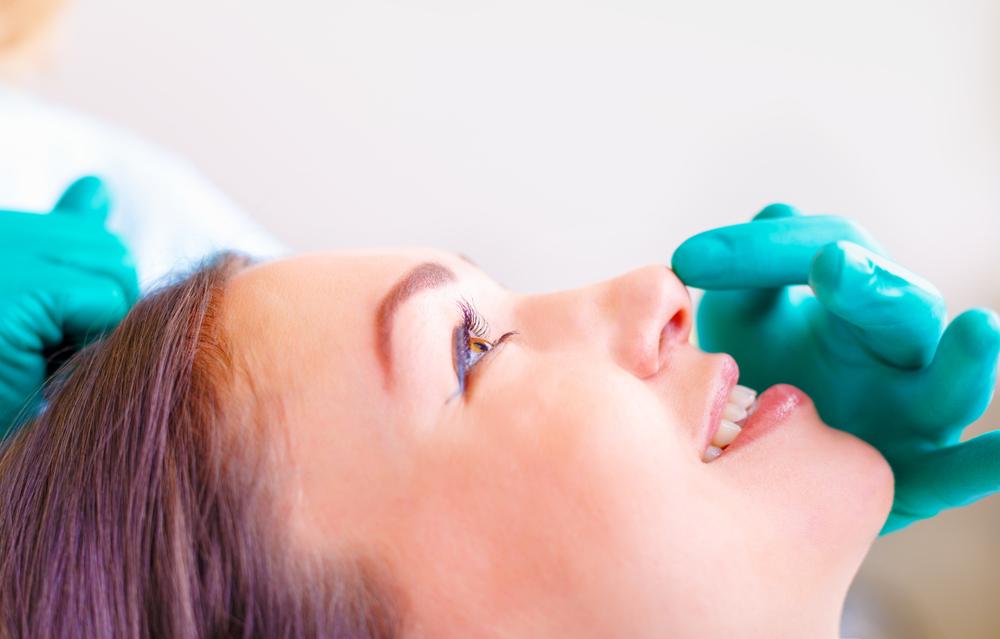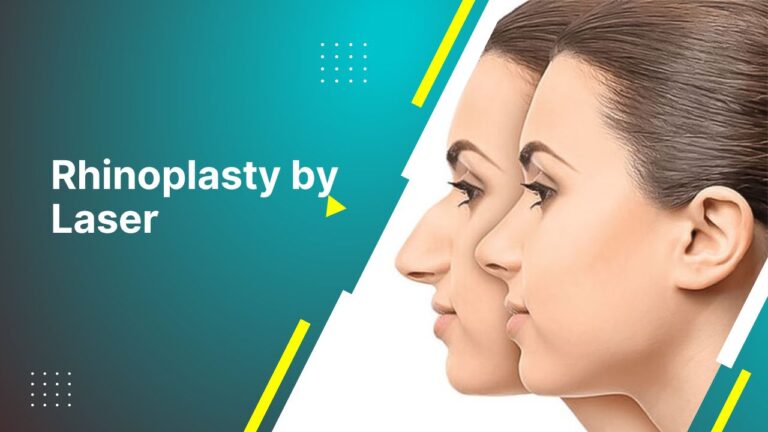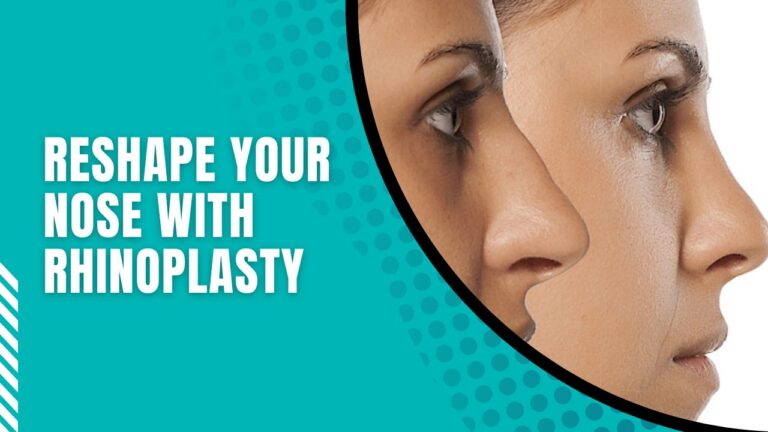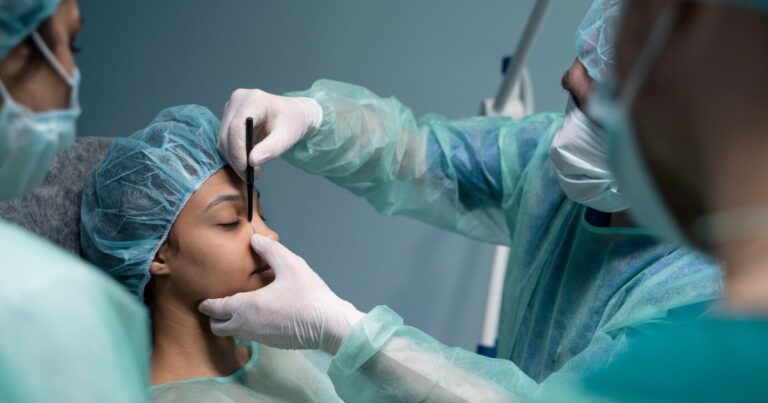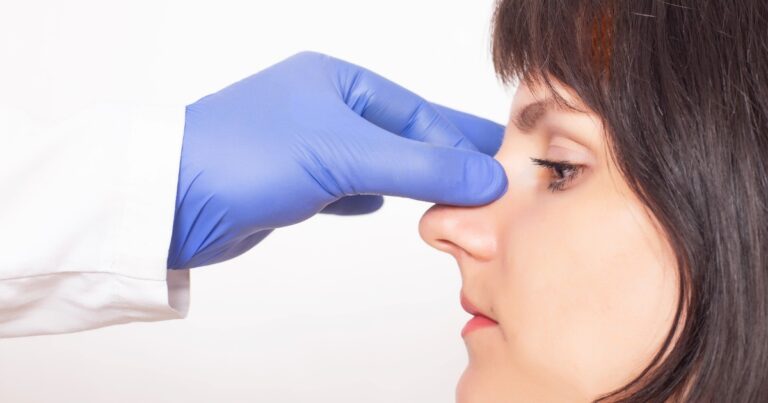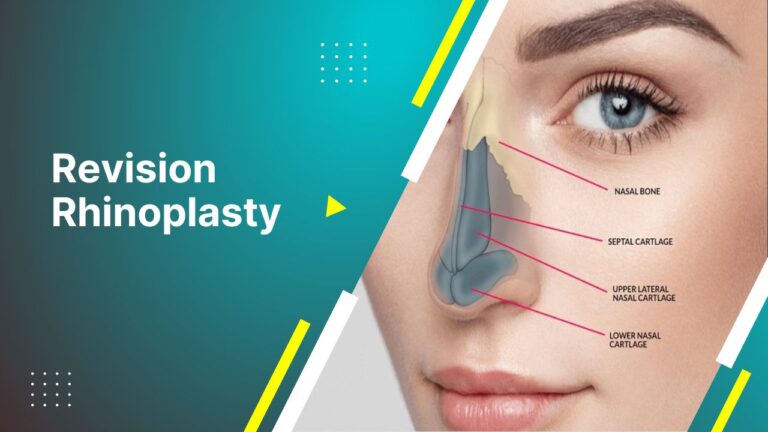Compare two types of nose surgery, cosmetic and functional, and identify the goals of each procedure. Find out where you to have it done and what to expect.
You probably have heard a friend or a family member mention they want to get a nose surgery to improve the appearance of their nose.
Although rhinoplasty is one of the most common plastic surgeries, not everyone knows about the two types; cosmetic and functional rhinoplasty. Have you been wondering what their differences are? Keep reading to understand the different types of rhinoplasty and what each involves!
What is Rhinoplasty?
Rhinoplasty is a medical term for nose surgery. It is also known as a nose job.
The nose is one of the most prominent facial features. Indeed a disproportionally-sized nose can take away from a person’s face. Rhinoplasty is a surgical procedure that understands this and seeks to improve the overall aesthetic appeal of one’s nose, often making the person look more proportionate in the process.
Patients who are self-conscious about the appearance of their nose and considering a nose job should talk to the best rhinoplasty surgeon in Dubai, Dr. Tarek. He is certified in plastic surgery and has years of experience to recommend the best solutions for their conditions.
Book A Consultation With Dr Tarek Bayazid
Top-rated Plastic Surgeon For Rhinoplasty in Dubai
Installment Plan Available
Cosmetic Rhinoplasty
Cosmetic rhinoplasty, or “nose reshaping” surgery, is the most common plastic surgery performed on the nose. It is typically done to improve the shape and appearance of the nose for aesthetic purposes without changing its function.
Cosmetic rhinoplasty aims to create a more aesthetically pleasing nose by improving the overall appearance of your nose so that it matches better with your other facial features. The procedure can mean making it smaller, larger, or differently shaped.
If you are unhappy with the size or shape of your nose, cosmetic rhinoplasty can be right for you. Since it works to improve how the nose looks, it can hugely impact your self-confidence.
The cosmetic procedure can be performed on anyone who has reached skeletal maturity. Generally, maturity occurs by age 13 for girls and 16 for boys. However, there are exceptions, and plastic surgeons will consider each patient’s individual circumstances when deciding whether it is appropriate to undergo plastic surgery.
Functional Rhinoplasty
If a patient has breathing issues due to their nasal structure, they may also opt for functional rhinoplasty. This type of rhinoplasty procedure, also known as septoplasty, involves altering the shape and size of your nose to improve its appearance as well as its function.
Unlike cosmetic rhinoplasty, which focuses on changing the look of your nose only and doesn’t help you breathe easier (hence “cosmetic”), functional rhinoplasty aims to improve your breathing and give you a nose that looks great too.
Patients who experience breathing difficulties like allergies and sinus infections or have suffered a broken nose that has not healed correctly can benefit from this surgery. This type of surgery is often performed on patients affected aesthetically or functionally by;
This surgery aims to allow patients to breathe more easily through their noses by improving airflow and reducing tissue obstructions. As a result, it will reduce snoring and other symptoms related to sleep apnea.
Comparing the two types of rhinoplasty
While functional rhinoplasty involves reshaping the nose’s internal structure to improve breathing and other functions, cosmetic rhinoplasty involves the external appearance of the nose.
Both of these procedures result in overall improvement of your life, first through improved breathing and secondly through enhanced physical appearance.
What should you expect during your recovery?
When you first visit Dr. Tarek’s clinic in Dubai, he will prepare a detailed treatment plan. You will take images of before and after surgery for comparison basis.
Recovery from rhinoplasty can take five to seven days. You can expect to wear a splint for upto seven days after the surgery. The splint ensures all the ligaments are held together and heal as quickly as possible.
You can also expect some swelling for about five days, but it will eventually subside.
Takeaway
While rhinoplasty can either be a functional or cosmetic surgery, it ends up being a combination of the two on many occasions.
Suppose you have been considering nose surgery, either cosmetic or functional. In that case, it is beneficial to talk to Dr. Tarek, an experienced plastic surgeon who can take you through a consultation and recommend a treatment plan.
Since you dont want to risk your facial appearance, talk to a qualified plastic surgeon about your intended procedure. Dr. Tarek and his team will assess the structure of your nose and recommend the type of rhinoplasty surgery that is best suited for you.
The procedure is best performed under the guidance of a qualified plastic surgeon to avoid any complications. Find out about the cost of Rhinoplasty In Dubai
